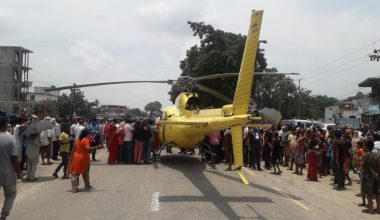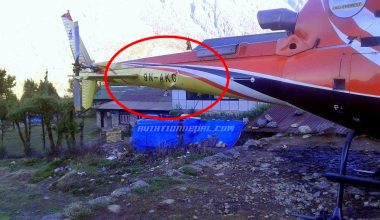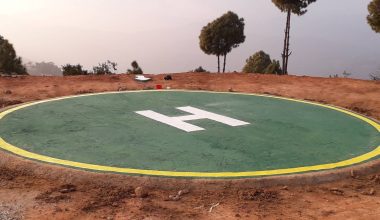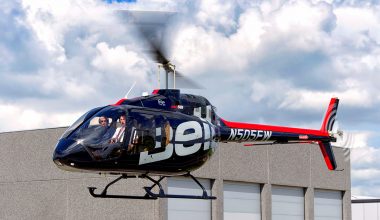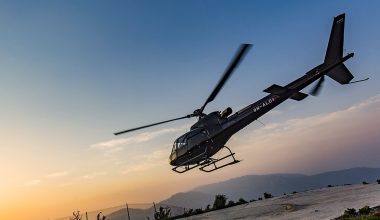CAAN Strong Take On The Safety Implementation For Helicopter Companies
Kathmandu – 12 August 2016
The aviation regulating body of Nepal Civil Aviation Authority of Nepal (CAAN) will invoke the license of Pilots and approval of Helicopter companies if they are found to fly violating the flight safety standards in monsoon season of Nepal.
All the helicopter companies have been warned and sent the circular regarding this after the decision formulated by CAAN last Tuesday. This is the first time CAAN has issued such memorandum under civil aviation act 2058.
Deputy Director of CAAN Rajan Pokhrel informed that the rules relating to the helicopter flights in instrument weather conditions during monsoon climate should be strictly imposed to prevent any future mishaps in helicopter flights. Therefore any helicopter companies neglecting the rules would be invoked its license or its Airworthiness Certificate (AOC) including suspension of license of pilots too involving in violating the flight rules.
Last Monday a private helicopter company Fishtail Air’s aircraft 9N-AKA Kathmandu bound from Gorkha crashed in Nuwakot claiming lives of 7 people including the experienced pilot Captain Ranjan Limbu. Just a day after the crash on Tuesday CAAN issued the new instructions for airlines and pilots. It has been interpreted that the experienced pilot who spent a large amount of time in flying under some pressure or voluntarily entered inside a turbulent cloud resulting the impact on terrain ultimately. The actual reason can be identified after further investigations Pokhrel added.
According to the directions of CAAN it has been instructed that the Pilot In Command (PIC) of the aircraft should be well informed about the weather enroute to the destination before taking off in a flight and in case of restrictions in visual flight rules during flight he should immediately discontinue the route and fly back. The weather of the landing airport should also be monitored and identified if appropriate for landing before proceeding for landing. The PIC should always be above the minimum altitude while flying as turbulence can cause sudden increments and decrements in flying attitude. All the aircraft need to be equipped with Global Positioning Navigation (GPS) System and should always carry enough fuel so that it can easily divert to other aerodromes in case required.
The authorized directories should strictly implement the flight schedules according to the standard specified by operation manual. Flight dispatchers should organize and standardize each flight and inform Captain about it before any flight. The dispatcher should consider all the factors of flight including the weather and report the flight operating directors about it and they should fairly decide about the flight operation.
These are some of the implementations CAAN is forwarding to helicopter companies targeting the safe operations nowonwards.


